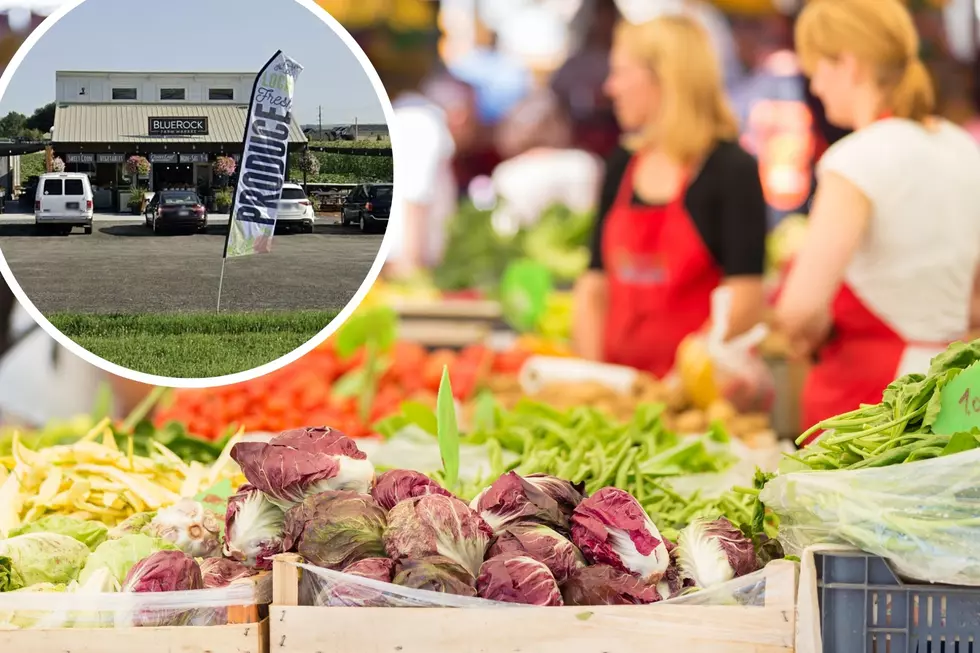
New Signs in Wood River Valley Warn Drivers of Wildlife Crossings
WOOD RIVER, Idaho (News Release) – In some areas, wildlife crossing a highway is predictable or frequent enough that a driver may lose the urgency to watch for animals crossing the highway. When this happens, traditional methods to alert drivers lose effectiveness. Other, non-traditional methods are then required.
Collisions between wildlife and vehicles can be common in rural states such as Idaho. Those collisions account for more than $8.4 billion nationwide each year, and cost Idaho a total of nearly $20 million last year. These costs include vehicle-repair costs, human injuries and fatalities, towing, accident attendance and investigation, monetary value to hunters of the animal killed in the collision, and the cost of disposal of the animal carcass.
For a couple of areas of the Wood River Valley, where a large number of animals are impacted by vehicles traveling Idaho 75, non-traditional signs have been posted to help keep drivers focused on the potential for wildlife on the roadway.
"We felt the traditional signs of the jumping deer weren't enough to catch drivers' attention," said Blaine County Commissioner Angenie McCleary, who also chairs the Blaine County Regional Transportation Committee and its Wildlife Crossing Subcommittee.
"Our hope is that these signs are attention-grabbing to drivers and raise awareness of the wildlife on the roads," she said.
The non-traditional signs, which feature an outline of a crashed vehicle and a bull elk, were posted in January to supplement several jumping deer signs along the Idaho 75 corridor between Timmerman and Ketchum, where there have been 94 vehicle-animal crashes in the last five years.
Idaho Transportation Department employees worked with the transportation committee and the subcommittee to vet wildlife crossing signs and work through the design-approval process.
"The work of this group has produced some positive results that help drive our commitment to improve safety along the Highway 75 corridor," said ITD District 4 Operations Manager Walter Burnside. "We continue to look at different ways to address wildlife issues and our partnership with the transportation committee and sub-committees are key to developing innovative solutions for a unique area."
The subcommittee was formed in 2013 to study ways to decrease the number of animals impacted by vehicles in Blaine County. The focus was on a series of hot spots along Idaho 75 between Ketchum and Hailey and an additional location south of Bellevue.
The signs were the third initiative from the group. The first improvement was a night-time reduced speed limit for about two miles of Idaho 75 north from Hailey. This change has garnered positive results and reduced animal impacts.
The subcommittee also worked with project managers on a bridge replacement project over the Big Wood River near Ketchum. The new bridge will incorporate two additional passageways under the roadway designed specifically for wildlife.
"This is an important issue to our committee because we recognize the high value our community places on our safety and on the wildlife," McCleary said. "We looked at several different treatments for the highway and focused on those that are practical, financially-feasible, and worked to resolve some of our issues."
The Blaine County Regional Transportation Committee brings together several transportation and regional stakeholders, including ITD, Blaine County, the cities within Blaine County, Blaine County Sheriff, Blaine County School District, Blaine County Recreation District, U.S. Forest Service, and Mountain Rides. The Wildlife Crossing Subcommittee also includes representation from Idaho Department of Fish and Game and several members of the public.
Source: Idaho Department of Transportation

